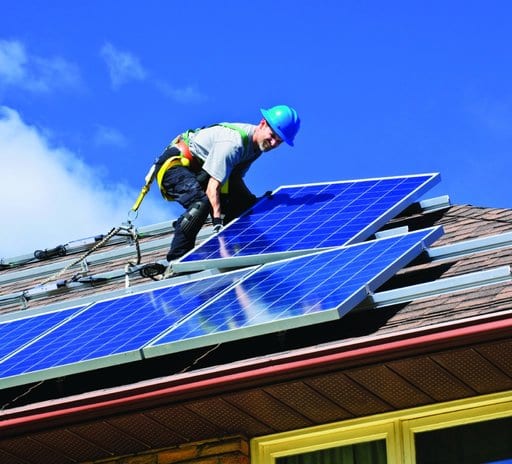
The new Victorian feed-in tariff announced today marks an important turning point in the struggle for recognition of the real value of distributed renewable energy. The new rate of 11.3c/kWh more than doubles the existing Victorian rate of 5c.
As well as now being the highest regulated state FiT in Australia, the methodology behind the decision sets some important precedents that will have national implications.
Mandated state level feed-in tariffs are a threatened species in Australia. Within the NEM they have been abolished in NSW, SE Qld, SA and the ACT.
Those that remain (Tas, Vic and regional Qld) have to date been based largely on the wholesale price of energy with some minor additional allowances. A national project on a fair value for distributed generation estimated that in Victoria, distributed generation is worth 10.8c – 18.6c/kWh when energy, network, health and environmental benefits are included.
The new Victorian arrangements to come into effect from July, 2017 are the result of an extensive investigation process commissioned by the state Labor government and undertaken by the Essential Services Commission (ESC).
Legislation passed in the Victorian parliament earlier this year provides a legal framework for rewarding distributed generation for both the “avoided social cost of carbon” and the “avoided human health costs attributable to a reduction in air pollution”. The ESC is still concluding the part of its inquiry related to the network benefits and these may be included in the feed-in tariff from July 2018.
The “avoided social cost of carbon” is included in the new Victorian rate with a 2.5c/kWh component based on the average prices of Victorian Energy Efficiency Certificates.
This corresponds to the lower end of the value range for carbon abatement that was identified in the national project. A carbon price that was consistent with Australia’s Paris commitments would likely be much higher.
On health benefits, the ESC found there was not sufficient relevant research to put a monetary value on the health benefits in Victoria.
A 2009 report by the Australian Academy of Technological Sciences and Engineering estimated that each kWh of renewable energy that displaces coal fired electricity in Australia contributes 1.3c in reduced health costs. The Victorian legislation provides an important extra reason why research on the health costs of fossil fuels in Victoria would be a valuable resource for advocacy.
The Victorian initiatives are to be congratulated. There are good arguments to make on the need for higher prices to reflect the real value of carbon abatement and the value of solar in meeting expensive peak demand, but the framework developed in Victoria is a great step forward in recognising the many benefits of distributed generation.
The Victorian process will be an important precedent for regulators, networks and retailers in other states. The increasing affordability of solar PV combined with storage means that in the near future consumers will have a viable alternative to grid delivered energy.
Offering a fair price for local generation will be an essential part of encouraging households to remain on the grid and contribute to a shared distributed network that benefits all consumers.
Jack Gilding is the project manager for the project “Research review and advocacy on the fair value of distributed generation”.
This project was funded by Energy Consumers Australia as part of its grants process for consumer advocacy projects and research projects for the benefit of consumers of electricity and natural gas. The views expressed do not necessarily reflect the views of Energy Consumers Australia.
Minimum Electricity Feed-In Tariff to Apply From 1 July 2017 – Decision (Final)










